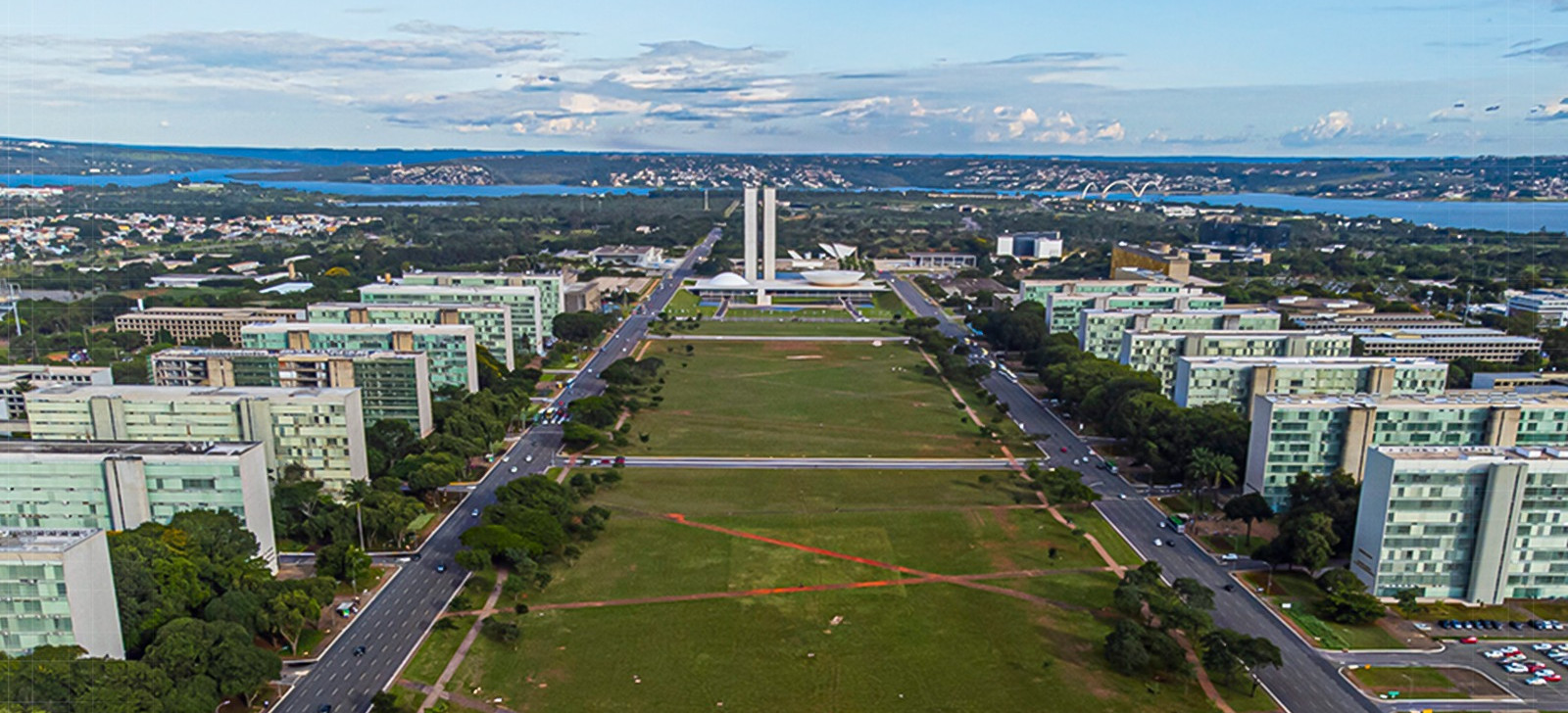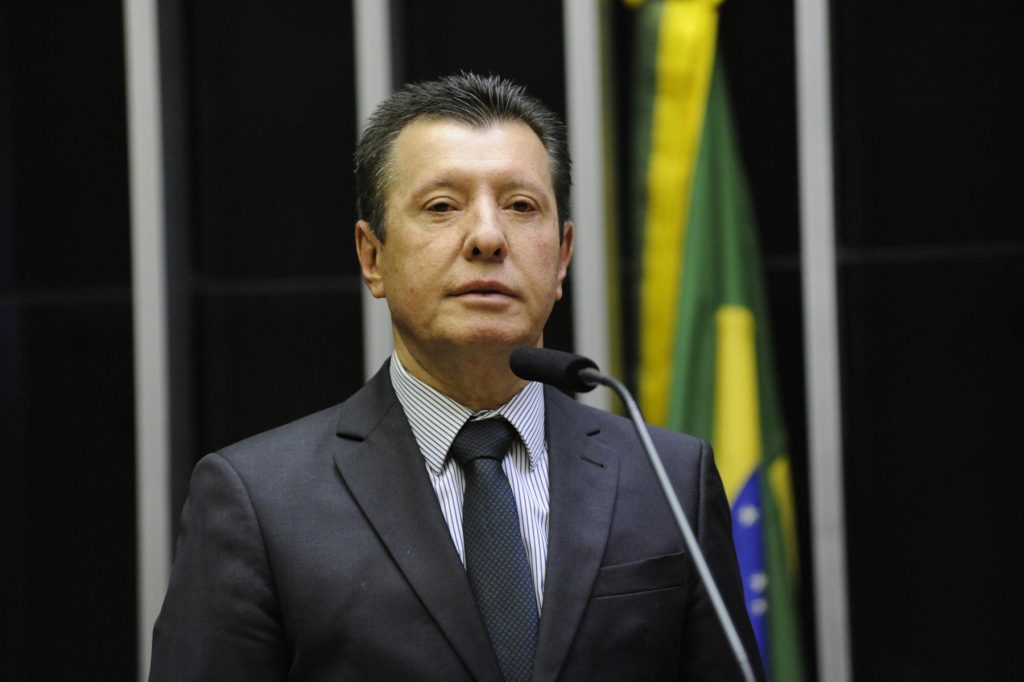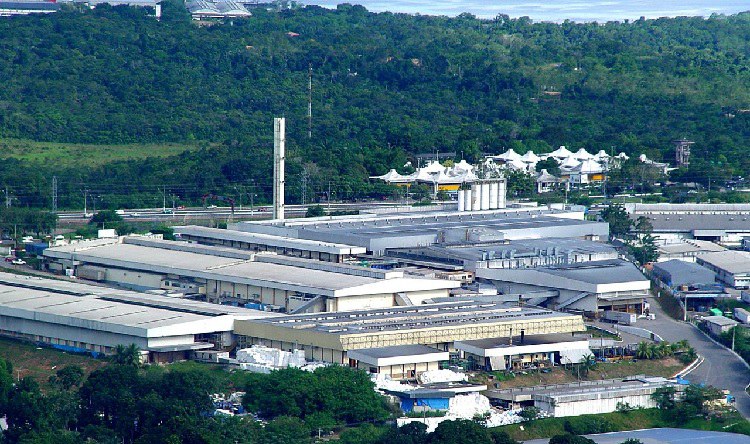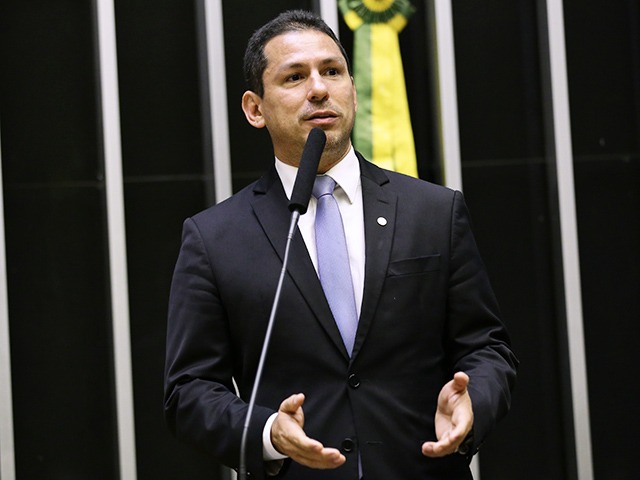Free Trade Zone of the Federal District in Brazil to have same benefits as Manaus
27 de April de 2025

By Ana Cláudia Leocádio – From Cenarium
BRASÍLIA (DF) – The Commission for National Integration and Regional Development (Cindre) of the Chamber of Deputies has approved the creation of the Free Trade Zone of the Federal District and Surrounding Areas with the same tax, exchange, and administrative regimes provided for the Manaus Free Trade Zone (ZFM), for a period of 25 years. Proposed by Federal Deputy José Nelto (Podemos/GO) in 2019, the text underwent two reports and was approved in the session last Wednesday, 23rd.
According to Bill 4247/2019, the Free Trade Zone of the Federal District and Surrounding Areas will have characteristics of free export and import trade and special tax incentives, and will cover 19 municipalities in the state of Goiás and another four in the state of Minas Gerais.
In his justification, the author of the project, José Nelto, praises the model of the Manaus Free Trade Zone, which he considers a “very successful experience in the search for new regional development strategies adopted by the country.” “Its creation led, over half a century ago, to the establishment of an Industrial Hub that represents an important source of employment and income, technological advances, and environmental preservation,” stated the parliamentarian.

For Nelto, the establishment of this free trade zone in the Federal District and surrounding areas would enable the formation of an industrial hub whose economic and social impacts would spread throughout the Central-West region. “It would represent, more than that, a first major movement towards the resumption of our development process, based on production, employment, and income, so long awaited by all Brazilians,” he emphasised.
Approval
The voting on the matter was swift in the Commission. The rapporteur Gilson Daniel (Podemos/ES) recalled that the text had already received another report in favour, from colleague Cabo Gilberto Silva (PL/PB), which had not been voted on, but whose arguments were incorporated into the opinion approved by Cindre.
Now, the project needs to pass through two more committees of the Chamber, those of Finance and Taxation and of Constitution and Justice (CCJ), conclusively, without the need for plenary consideration.

Former Deputy Complains about Lack of Reaction
For former Deputy Marcelo Ramos (PT/AM), approving a free trade zone in the country’s central area means ending the economic model that sustains Amazonas. On his social media, he expressed indignation at the approval of the matter in the Chamber’s Commission without any protest from any State parliamentarian.
Two parliamentarians from Amazonas are members of Cindre: Fausto Júnior (União) and Silas Câmara (Republicanos), and Átila Lins (PSD) is a substitute. Fausto and Silas were present at the session, but neither expressed any opinion during the voting on the project proposed by the deputy from Goiás.
“Creating another Free Trade Zone in the central area of the country is ending our Free Trade Zone. And this was approved without anyone saying anything,” complained the former parliamentarian, who now works as a consultant in Brasília.

According to Ramos, the project is harmful to the ZFM for several reasons. “If the Federal District, Goiás, and the surrounding areas, which are much more central in Brazil and much closer to consumer markets, with road connections to other states and a much better logistical infrastructure than ours, have the same tax incentives as Manaus, the entire industry will leave Manaus and relocate there because the costs will be much lower,” he warned.
Manaus Free Trade Zone
The model of the Manaus Free Trade Zone (ZFM) was created by Decree-Law No. 288 of 1967, during the Military Dictatorship, with an industrial, commercial, and agricultural centre, with tax incentives valid for 30 years. Initially, the main objective was to boost regional development, attract investments, generate employment, and integrate the Amazon with the rest of the country.
In 1988, it was incorporated into the Federal Constitution and has already undergone three extensions, the last approved in 2014, which extended the validity of tax incentives until 2073.
Marcelo Ramos explained that, among other reasons, the ZFM also exists to compensate for the logistical and economic disadvantages of Amazonas, which is obliged to maintain 80% of the Amazon rainforest as a legal reserve, preventing the development of the primary sector with crops, for example. Furthermore, the tax revenue generated by the model supports the entire structure of health, security, and education in the State, such as the State University of Amazonas (UEA).
“We must remain permanently alert. While I was in the Chamber of Deputies, no project like this passed without a strong reaction and, now, although I may not hold office, I can, as a citizen, react and defend the interests of our people,” he concluded.
CENARIUM attempted to contact the Amazonas parliamentarians who are members of the Commission, but was unsuccessful.

